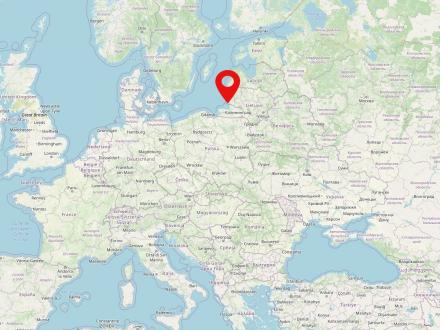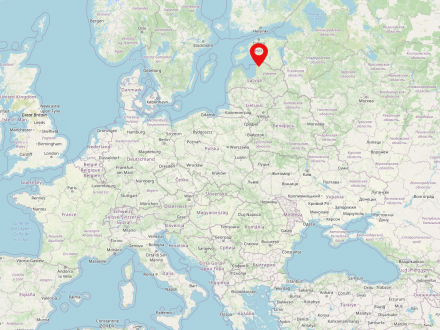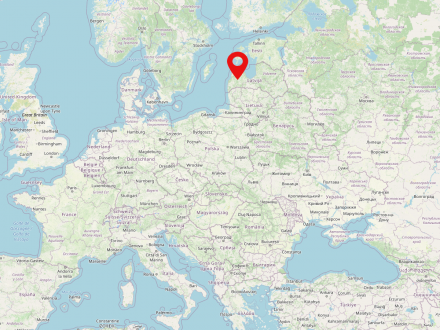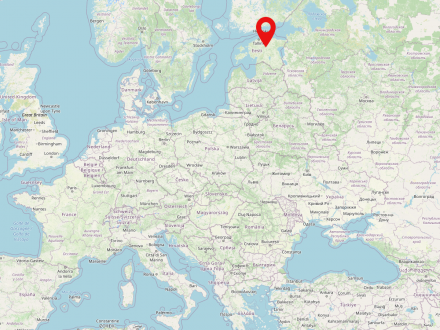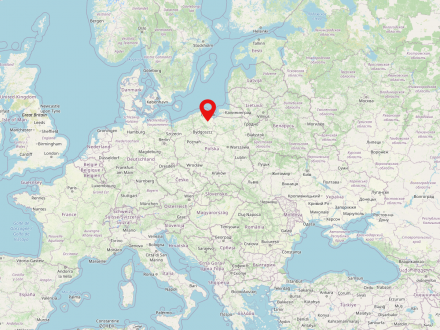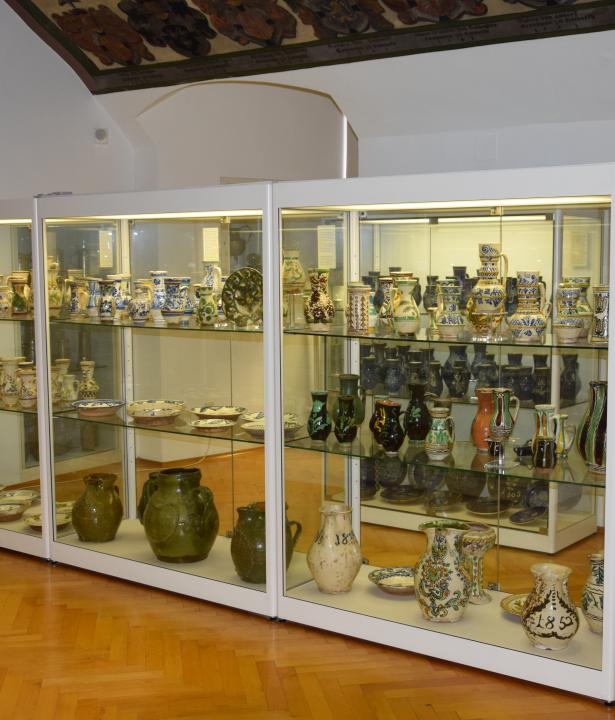Nida is a small town on the Lithuanian Baltic coast. The city is in the west of the country directly on the border with the Russian oblast Kaliningrad. It is inhabited by just under 2,400 people and is the most western city in Lithuania.
Livonia (latv. Livonija, est. Liivimaa) is a historical landscape in the Baltic States. Nowadays it includes parts of southern Estonia and northern Latvia. The landscape was named after the Livons who once lived there.
Courland is a historical landscape in the west of Latvia. Courland is situated on the Baltic Sea and borders two other Latvian regions - Livonia and Semgalia - and Lithuania to the south. The major cities of Courland include Jelgava, Ventspils and Liepaja.
Estonia is a historical landscape in northeastern Europe and includes the northern part of the present Estonian state. Until 1918, Estonia was one of the three Baltic Sea governorates of the Russian Empire, along with Livonia and Courland.
In addition, the specialized library contains around 15,000 titles on East and
West Prussia is a historical region in present-day northern Poland. The region fell to Prussia as a result of the first partition of Poland-Lithuania in 1772 and received its name from the province of the same name formed by Frederick II in 1775, which also included parts of the historical landscapes of Greater Poland, Pomerania, Pomesania and Kulmerland. The Prussian province lasted in changing borders until the early 20th century. After World War I, parts fell to the Second Polish Republic, founded in 1918. The largest cities in West Prussia include Gdansk (Polish: Gdańsk, today Pomeranian Voivodeship), Elbląg (Polish: Elbląg, today Warmia-Masuria Voivodeship), and Thorn (Polish: Toruń, today Kujawsko-Pomeranian Voivodeship).



